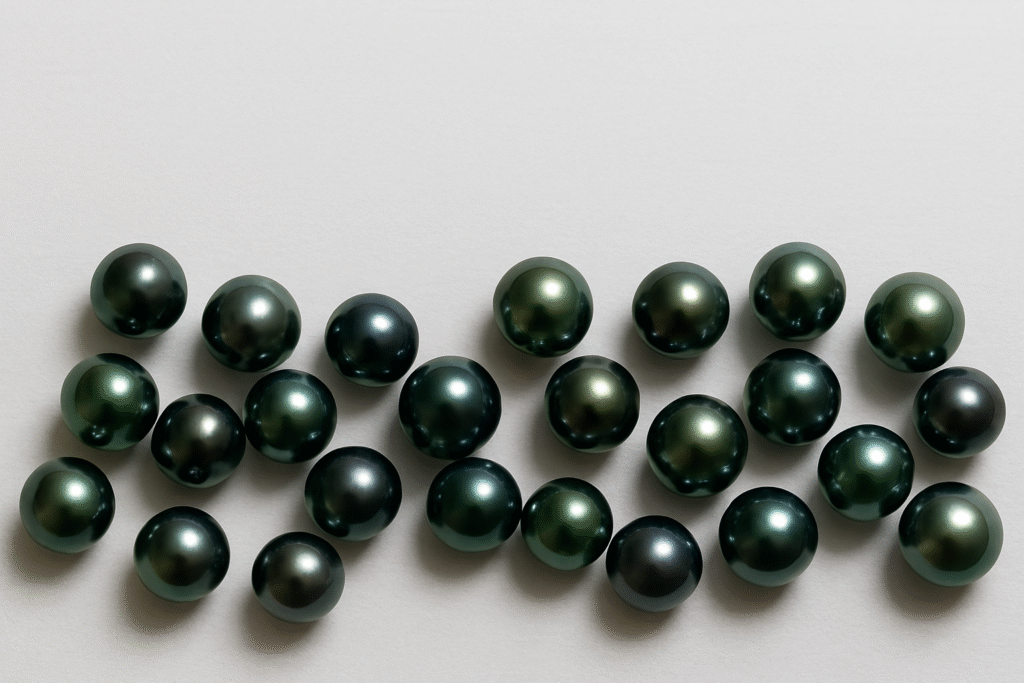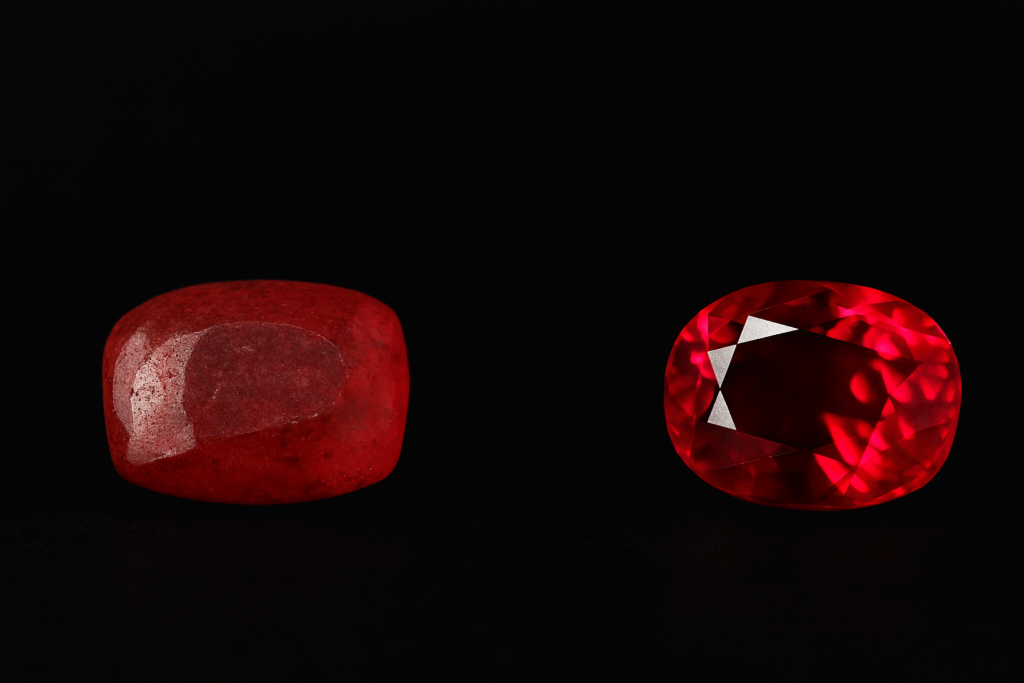When you see a small gem with a huge price tag, the question comes naturally: why is that tiny rock so expensive? The answer lies in four price drivers—rarity, condition, aesthetics, and provenance.
Rarity Creates Value
The rarer a gemstone, the higher the cost. Less than 1% of mined diamonds qualify for fine jewelry. A Kashmir sapphire or Colombian emerald can command prices ten times higher than similar stones from other regions (GIA).
Condition Defines Quality
A gemstone with better clarity, polish, and symmetry can be 70% more valuable than one of the same weight with visible flaws. Condition is a factor collectors refuse to compromise on.
Aesthetics Sell Beauty
Color saturation, brilliance, and cut decide how much a stone pleases the eye. Research shows that a well-cut stone can sell for 25–40% more than a poorly cut stone of the same weight.
Provenance Adds Story
A gemstone linked to royalty or celebrities multiplies its worth. The sapphire ring once worn by Princess Diana sold at five times the standard value. Provenance turns a gem into history.
Q&A
Q: Why is that tiny rock so expensive compared to a larger one?
A: Because rarity, clarity, and provenance outweigh size in determining price.
Q: Can provenance really change value?
A: Yes. Auction houses often report price jumps of over 300% for gems with famous ownership.
Q: How should beginners avoid overpaying?
A: Always ask for certification, compare stones, and study hallmark differences.
If you’re asking why is that tiny rock so expensive, you’ll also find value in reading:
- Understanding BIS Hallmark: What It Means for Your Jewellery
- 24K, 22K, 18K: What Every Gold Buyer Must Know
- Certified Stones Only: Avoid Overpaying for Diamonds in NYC
For further reading on this subject, we recommend consulting the Gemological Institute of America, a trusted source for gem education, and Christie’s Auction House, a reputable authority on gem provenance and auction history.
Gemological Institute of America
Introduction
This comprehensive Watch Buying Guide answers the most common questions about timepieces.
Whether you’re purchasing your first watch or adding to your collection, these expert insights help you make informed decisions.
From understanding movement types to choosing the right size for your wrist, you’ll find everything needed before making a purchase.
What Types of Watches Should You Consider? – Watch Buying Guide Insights
Understanding the five main categories helps narrow your options:
- Mechanical watches – Use springs and gears. No battery needed.
- Quartz watches – Battery-powered; most accurate.
- Automatic watches – Wind themselves from wrist movement.
- Digital watches – Display time numerically on a screen.
- Smartwatches – Connect to your phone and track fitness data.
Accuracy Expectations – Watch Buying Guide Tips
- Quartz watches – Lose about 15 seconds per month.
- Mechanical watches – Lose 20–40 seconds per day.
- Atomic watches – Lose 1 second every 100 million years.
- Your phone’s clock stays perfectly accurate.
Water Resistance Considerations
Water resistance ratings affect usage scenarios:
- 30m – Handles rain and handwashing
- 50m – Safe for swimming
- 100m – Suitable for snorkeling
- 200m+ – Scuba diving
Replace gaskets every 2–3 years to maintain resistance.
Maintenance Schedule – Watch Buying Guide Advice
- Quartz watches – Battery replacement every 1–3 years.
- Mechanical watches – Full service every 3–5 years.
- Service costs: $200–800 depending on the brand.
Watch for stopping, running fast/slow, or condensation under the crystal.
Pricing Strategy
- Budget watches – Plastic cases, basic movements
- Mid-range watches – Steel cases, reliable mechanisms
- Luxury watches – Precious metals, hand-finished details
Remember: craftsmanship, materials, and brand prestige drive prices.
Sizing Advice
- 6–7 inch wrists – 38–42mm
- 7–8 inch wrists – 40–44mm
- 8+ inch wrists – 42–46mm
Ensure lugs don’t overhang wrist edges.
Complications to Prioritize
- Date display – Useful daily
- GMT hand – Second time zone
- Chronograph – Stopwatch
- Moon phase – Decorative
- Annual calendar – Adjusts month lengths
More complications = more things that can break.
Maintenance Tips
- Clean with a soft cloth
- Avoid extreme temperatures & magnets
- Wind manual watches daily
- Use watch winders for automatics
- Don’t adjust date between 9 PM–3 AM
Investment Potential
- Most watches lose value after purchase
- Only select Rolex, Patek Philippe, Audemars Piguet models appreciate
- Vintage watches from 1960s–70s show strong growth
- Buy watches you enjoy wearing, not solely for investment
Essential Tools
- Spring bar tool
- Case back opener
- Soft polishing cloth
- Watch cushion
- Demagnetizer
Where to Purchase
- Online – Better selection, often cheaper
- Physical stores – Try before buying
- Authorized dealers – Full warranties
- Grey market – Discounts, limited warranty
- Forums/eBay – Vintage pieces, verify authenticity
Learn More:



